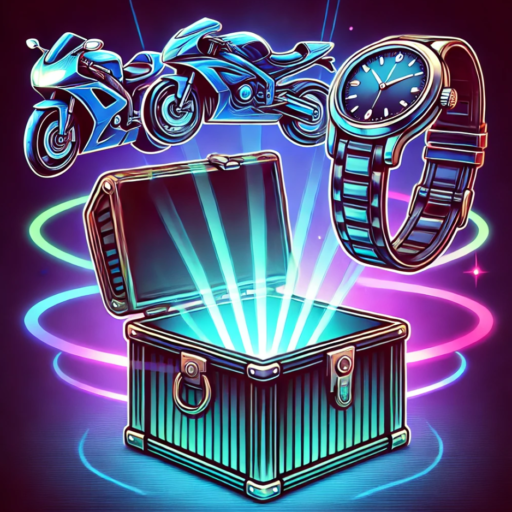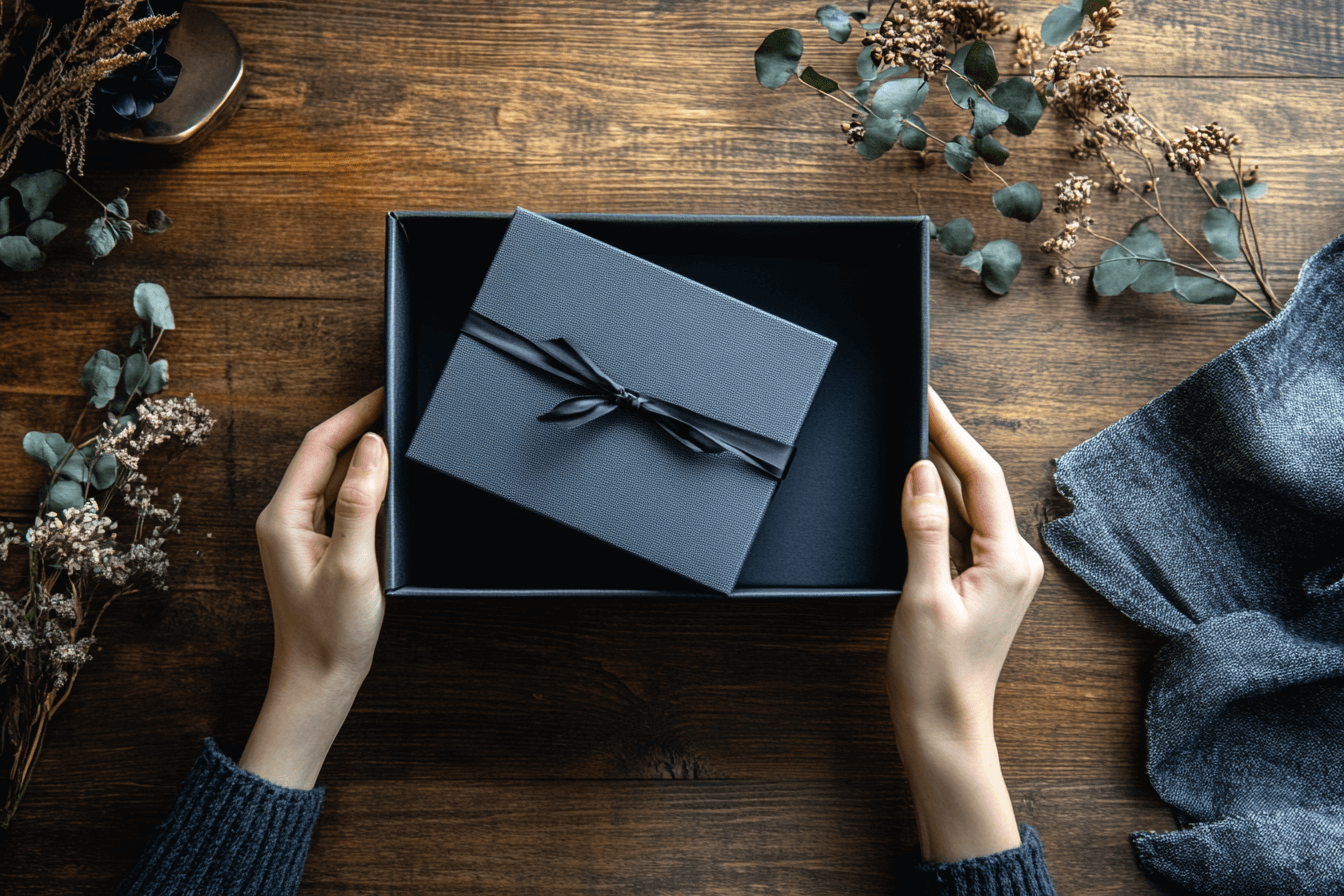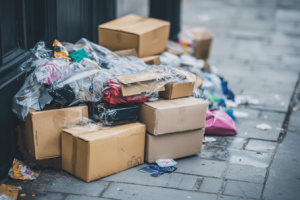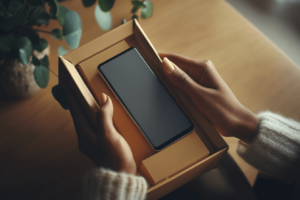The Strategic Role Of Packaging In Brand Loyalty
Packaging has long been viewed as just a protective shell for products, but today it plays a much more powerful role in shaping brand loyalty. Beyond simply holding the product, packaging acts as a silent ambassador for the brand. It’s often the very first interaction a consumer has, making it a crucial touchpoint that influences perception and purchase decisions.
Packaging As A First Impression
When a customer sees a product on the shelf or online, packaging often sets the tone for what they can expect inside. Clean, innovative, or visually striking packaging can instantly draw attention, creating a sense of curiosity or desire. For many consumers, packaging acts as the “face” of the brand — a visual cue that can make them pause, pick up the item, and engage further. Brands that understand this are investing heavily in designs that reflect their identity and resonate with their target audience.
Emotional Connection Through Design
Good packaging doesn’t just catch the eye; it taps into emotions. Colors, textures, and shapes are carefully chosen to evoke feelings such as trust, excitement, nostalgia, or luxury. For example, warm tones and soft textures may communicate comfort and care, while sleek, minimalist packaging might convey sophistication and modernity. When customers feel an emotional bond through packaging, they are more likely to remain loyal, repeatedly choosing that brand over competitors.
Storytelling On The Shelf
Some of the most effective packaging goes beyond aesthetics to tell a story. This might include a brand’s heritage, a commitment to sustainability, or a unique product journey. Storytelling through packaging builds a narrative that consumers can connect with and remember. For instance, brands might include brief messages, illustrations, or QR codes that lead to deeper content online. This narrative approach enriches the buying experience and strengthens loyalty by making the brand more relatable and memorable.
Unboxing As An Experience
Unboxing has evolved from a simple act of opening a package into a full-fledged experience that can deeply influence consumer loyalty. The moment of unveiling a product can be designed to create excitement, anticipation, and delight, turning what could be a mundane action into something special.
Creating Shareable Moments
Many brands now craft packaging specifically with shareability in mind. Unique designs, unexpected details, and thoughtful extras encourage customers to record and share their unboxing on social media. These shareable moments serve as organic marketing, spreading brand awareness and reinforcing the emotional connection with current and potential customers alike. When consumers showcase their unboxing, it validates their choice and makes them feel part of a community.
Influencer Marketing And Unboxing Trends
Influencers have played a major role in elevating unboxing to a cultural phenomenon. By partnering with influencers who reveal products in engaging ways, brands can reach wider audiences and build loyalty through trusted voices. The tactile and visual appeal of packaging is crucial here—something ordinary won’t generate the excitement or engagement needed to make an impact.
Elevating Value Through Sensory Appeal
Beyond visuals, packaging can engage multiple senses to enhance perceived value. Textured materials, subtle scents, and even sounds can make unboxing more immersive. These sensory elements create memorable experiences that go beyond the product itself, fostering a deeper attachment to the brand.
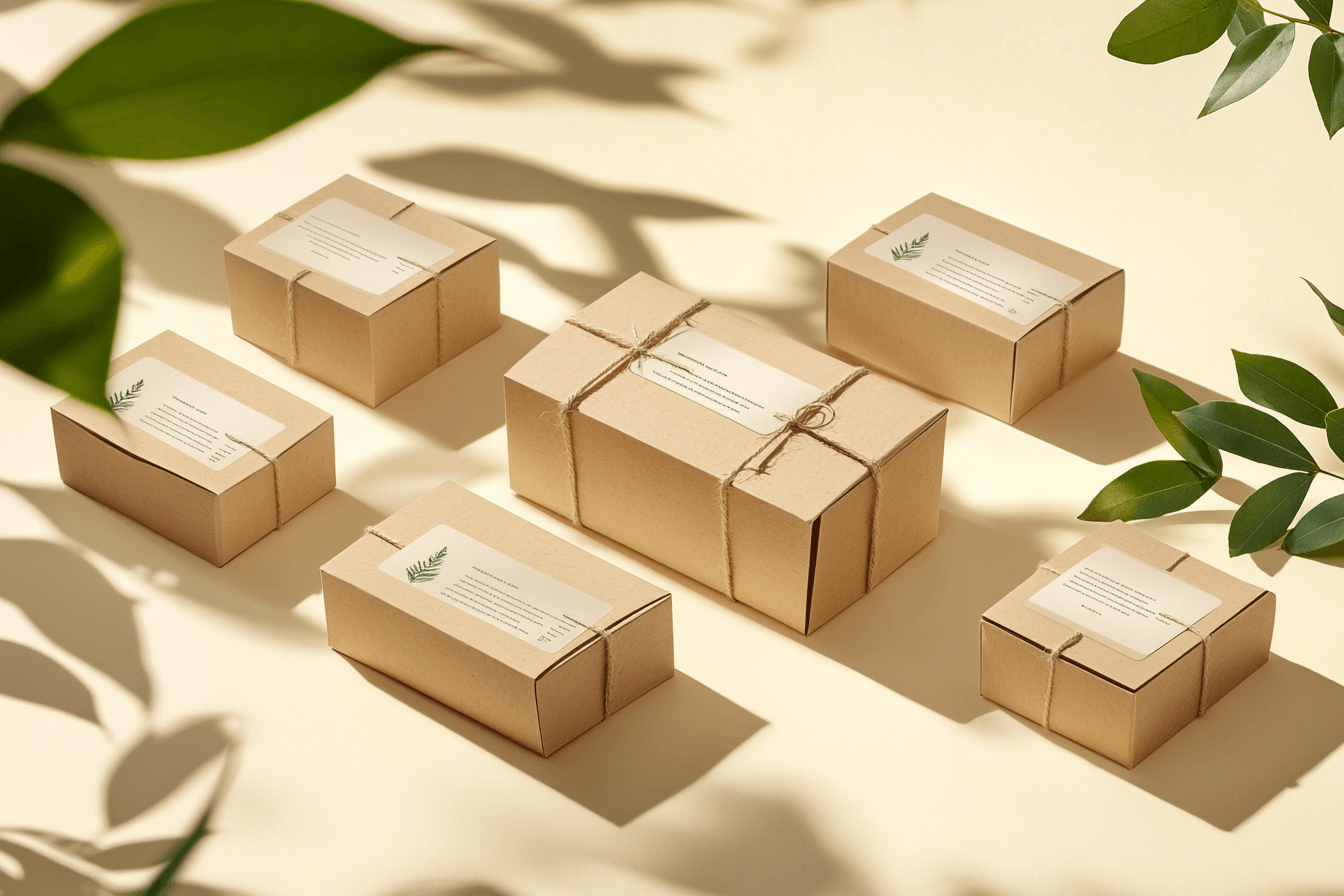
Sustainability And Brand Trust
In today’s market, sustainability has become a key factor in consumer loyalty. Packaging that demonstrates environmental responsibility not only reflects brand values but also builds trust among increasingly eco-conscious shoppers.
Eco-Friendly Materials As Loyalty Drivers
Using recyclable, biodegradable, or reusable packaging materials shows a brand’s commitment to the planet. Consumers are more likely to support brands that align with their personal values, and sustainability in packaging is a highly visible way to demonstrate this. Brands that innovate with eco-friendly designs often earn lasting loyalty by appealing to a sense of shared responsibility.
Transparency And Authenticity In Packaging Claims
With so many greenwashing concerns, transparency in packaging claims is crucial. Brands that clearly communicate the origin, materials, and recyclability of their packaging earn consumer trust. Honest messaging and certifications help avoid skepticism and reinforce loyalty by showing that sustainability is not just a marketing ploy but a genuine commitment.
Long-Term Impact On Consumer Perception
Sustainable packaging can influence brand perception well beyond the point of purchase. When consumers feel a brand respects environmental issues, it positively impacts how they view the entire company. This holistic perception helps brands maintain loyalty even in competitive markets.
Personalization And Custom Packaging
Personalized packaging is becoming a powerful tool for brands looking to deepen relationships with their customers. Tailoring packaging to individual preferences or occasions creates a sense of exclusivity and care.
Data-Driven Design Choices
Brands are increasingly using customer data to inform packaging decisions. By understanding demographics, purchase habits, and preferences, they can create packaging that feels highly relevant. This data-driven approach allows for customization at scale, helping customers feel seen and valued.
Seasonal And Limited Edition Packaging
Limited edition and seasonal packaging add excitement and urgency to purchases. Special designs tied to holidays, events, or collaborations encourage customers to buy before the opportunity disappears. These unique packages become collectibles, reinforcing brand loyalty through exclusivity.
Connecting With Niche Audiences
Custom packaging also enables brands to reach niche markets more effectively. By designing packaging that reflects the specific tastes or identities of smaller groups, brands can foster strong loyalty within these communities. This targeted approach often results in passionate brand advocates.
Case Studies: Brands That Nail It
Looking at real-world examples helps illustrate how packaging can build loyalty in diverse ways.
Apple – Minimalism With Impact
Apple’s packaging is a masterclass in minimalism and precision. Every element, from the sleek white box to the snugly fit product, communicates quality and sophistication. This consistent experience strengthens customer expectations and loyalty, making Apple’s packaging iconic.
Glossier – Community-Centric Packaging
Glossier’s packaging is all about creating a personal connection. Their use of pastel colors, simple fonts, and handwritten-style notes makes customers feel part of a community. This approach builds trust and loyalty by fostering intimacy through design.
Coca-Cola – Personalization At Scale
Coca-Cola’s “Share a Coke” campaign revolutionized packaging personalization by printing individual names on bottles. This simple yet effective idea created a wave of consumer engagement and boosted loyalty by making each bottle feel personal.
Future Trends In Packaging And Loyalty
The future of packaging lies at the intersection of technology, interactivity, and sustainability, promising even stronger brand-consumer connections.
Smart Packaging Technologies
Embedded sensors, NFC chips, and other smart features are enabling packaging to provide real-time information, verify authenticity, or enhance product interaction. These technologies increase transparency and convenience, building trust and loyalty.
AR And Interactive Packaging
Augmented reality (AR) on packaging offers consumers immersive experiences whether it’s virtual try-ons, product demos, or storytelling. Interactive packaging transforms passive viewing into active engagement, deepening the emotional bond with the brand.
Packaging As A Digital Touchpoint
Packaging is evolving into a bridge between physical and digital experiences. QR codes, social media prompts, and app integrations turn packaging into a gateway for ongoing engagement, fostering loyalty beyond the initial purchase.
